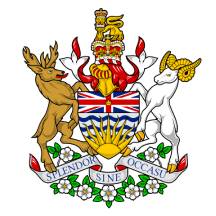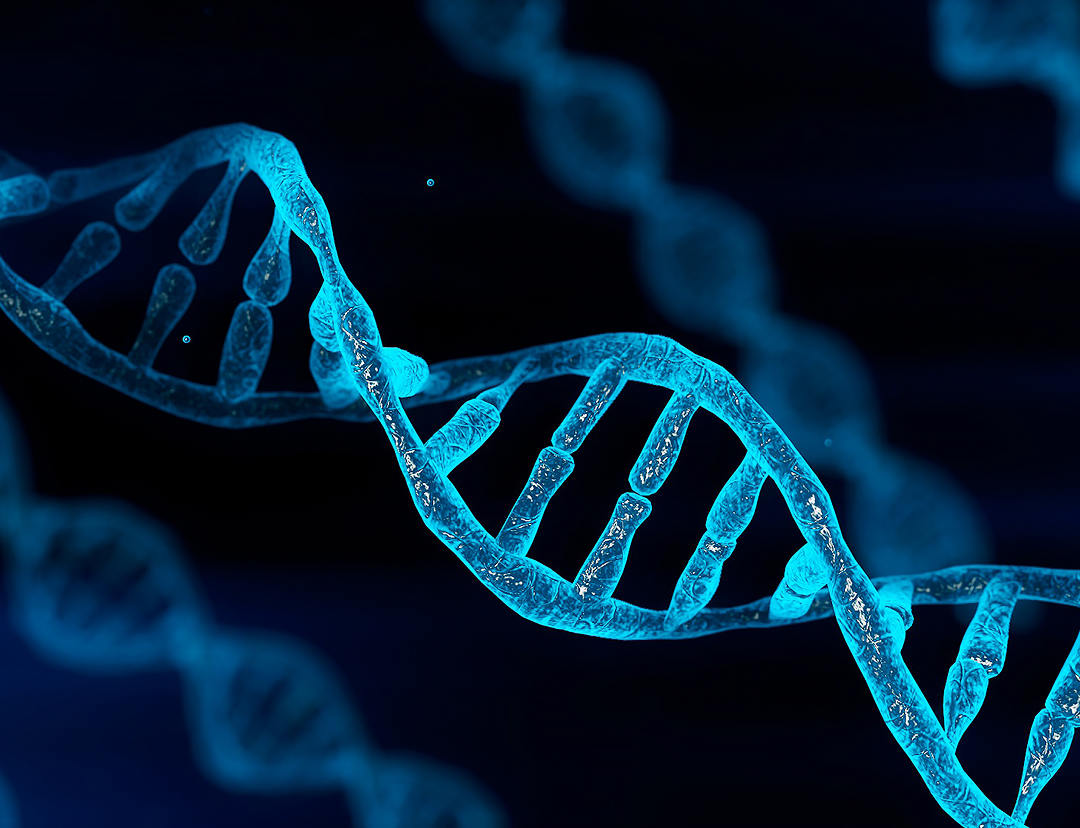Bigg’s transient killer whales are thriving in Vancouver’s bustling harbor, where they feast on an abundance of seals and sea lions. This year, sightings of these orcas have surged, thanks to both the plentiful food supply and increased citizen engagement in reporting their observations, according to whale experts.
The population of Bigg’s killer whales, estimated to be in the hundreds, has rebounded since the government halted the culling of harbor seals and sea lions in the 1970s. Andrew Trites, director of the marine mammal research unit at the University of British Columbia, noted, “They travel the coastline, and the portion that stop in the Salish Sea are here for one big reason, and that is we have the world’s highest density of harbor seals.” He also mentioned that harbor porpoises are experiencing population growth.
This resurgence of Bigg’s killer whales stands in stark contrast to the endangered southern resident orcas, which have dwindled to just 73 individuals. Their decline is linked to decreasing chinook salmon stocks, pollution, and noise from freighters, which complicates their ability to find food. An independent scientific panel recently issued 26 recommendations aimed at aiding the southern residents.
Trites explained that while Bigg’s killer whales face risks from vessel noise and toxic chemicals, their primary difference from southern residents lies in their diet. “The southern residents rely on chinook salmon and chinook have been in trouble, not just in B.C. but all across their range down to California,” he said. He emphasized that southern resident orcas are “fish specialists,” and adapting to a seal-based diet would be as unlikely as asking a vegetarian to eat meat.
In June, the Orca Behaviour Institute reported a record 239 unique killer whale sightings in the Salish Sea, marking the highest number documented in a single month. “With Bigg’s present every day of June, this also means we have confirmed their presence in the Salish Sea for the first 180 days of the year for the first time ever,” the institute stated, noting the absence of southern resident sightings.
Trites highlighted the role of citizen science in these findings, stating, “What you’re seeing here is an amazing sample of citizen science where the public is engaged.” Increased public reporting, along with information from whale-watching fleets, has provided a clearer picture of whale distribution.
The current pupping season for harbor seals makes them particularly vulnerable to Bigg’s orcas, according to Thomas Doniol-Valcroze, a whale research scientist at Fisheries and Oceans Canada. He noted that conservation efforts by First Nations in the Indian Arm have led to a resurgence of herring, a key food source for seals and sea lions.
While there is no formal census for Bigg’s orcas due to their extensive travel range, scientists are aware that they are returning to the Salish Sea to give birth. Gary Sutton, a research specialist for the Whales Initiative at Ocean Wise, confirmed that several families of Bigg’s killer whales are returning to familiar waters. He mentioned a specific family consisting of a mother and her three children, often spotted near Stanley Park.
Despite their success, both Trites and Sutton cautioned that Bigg’s killer whales still face threats similar to those of southern resident orcas, including the accumulation of toxic chemicals in the food chain and noise pollution from vessels. Sutton explained that while southern residents rely on echolocation to find fish, Bigg’s orcas depend on listening for seal sounds. He added, “So sound is equally as important to them, and certainly increased tanker traffic will impact them long-term.”
Sara Jenkins, a captain with Wild Whales Vancouver, reported an increase in recreational boats encroaching on the whales’ space, urging boaters to exercise caution. Between April and July, Wild Whales documented 13 different Bigg’s family pods in Howe Sound, Burrard Inlet, and Vancouver harbor. Jenkins noted that sightings of Bigg’s orcas in the harbor were rare until about six years ago, possibly due to the decline of southern resident orcas.
In response to the growing need for whale conservation, Ocean Wise has launched a new whale reporting app. This app combines features from existing platforms to allow citizens and commercial mariners to report whale sightings in real time, helping to prevent ship strikes and support marine conservation efforts.

 Local News in British Columbia
Local News in British Columbia

 Yahoo Canada
Yahoo Canada The Province
The Province Raw Story
Raw Story Post Register
Post Register Associated Press US News
Associated Press US News New York Post
New York Post ABC News Video
ABC News Video